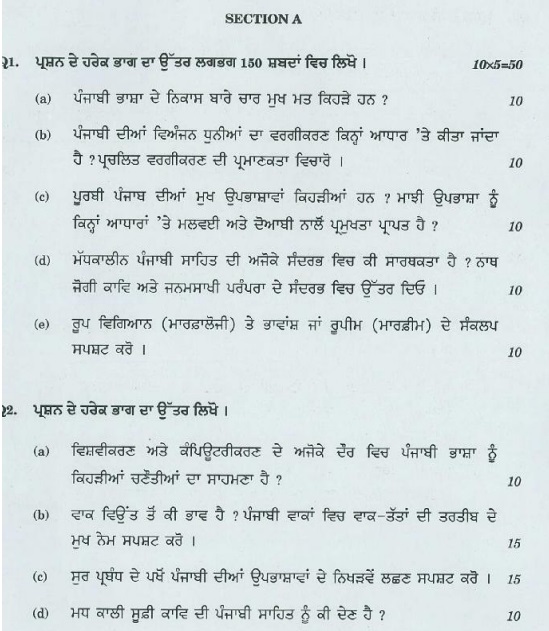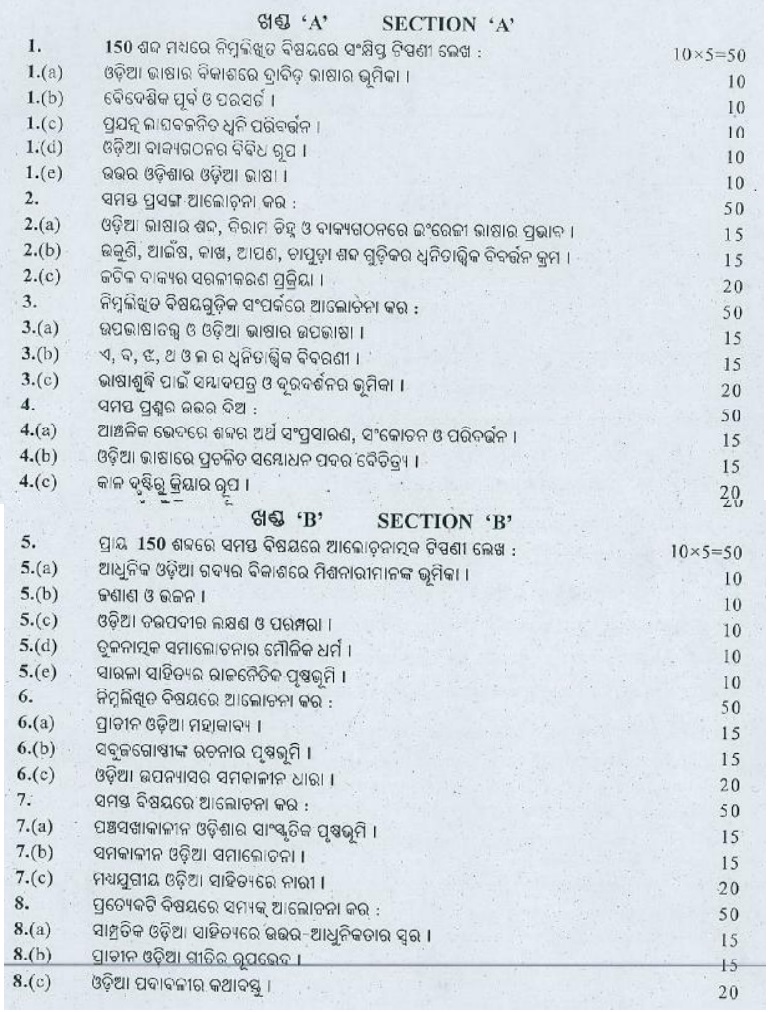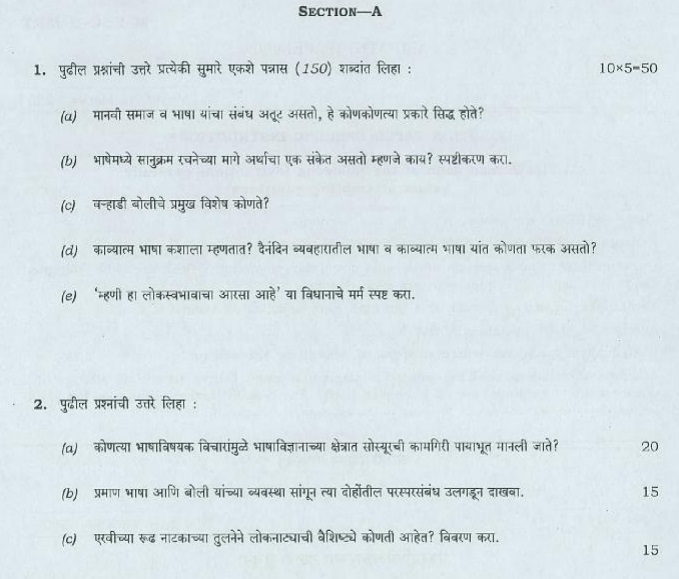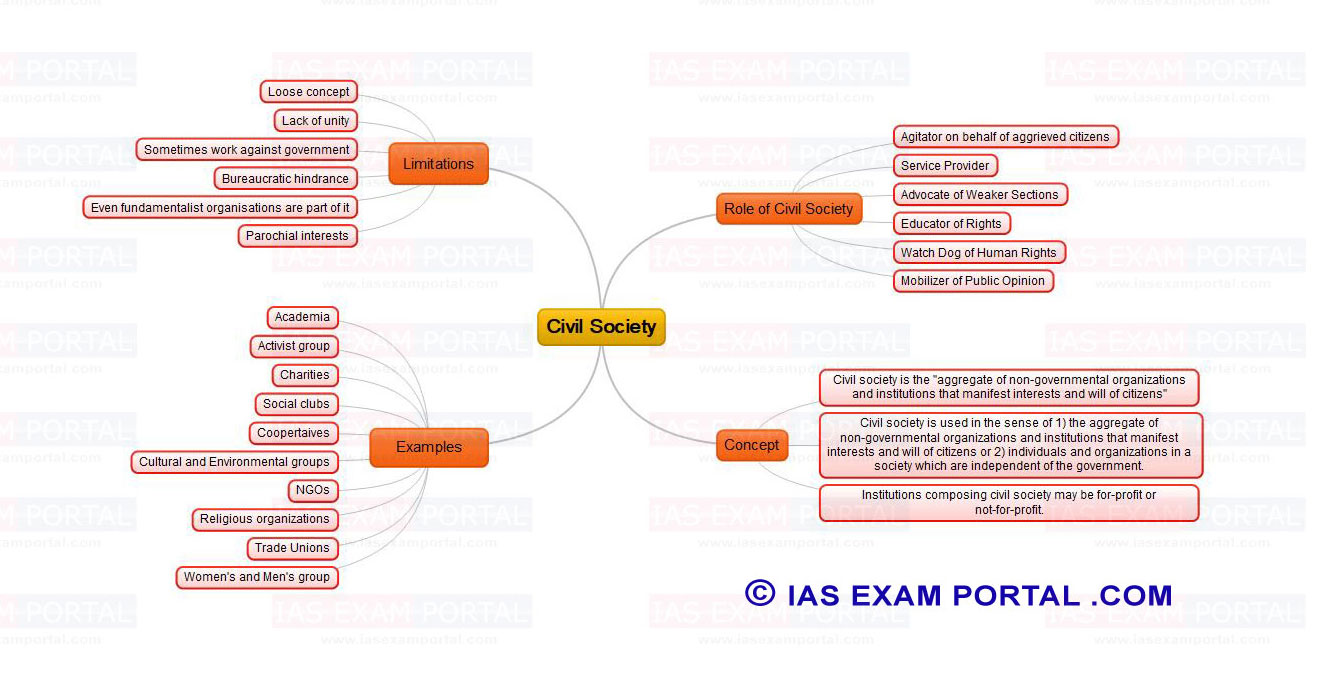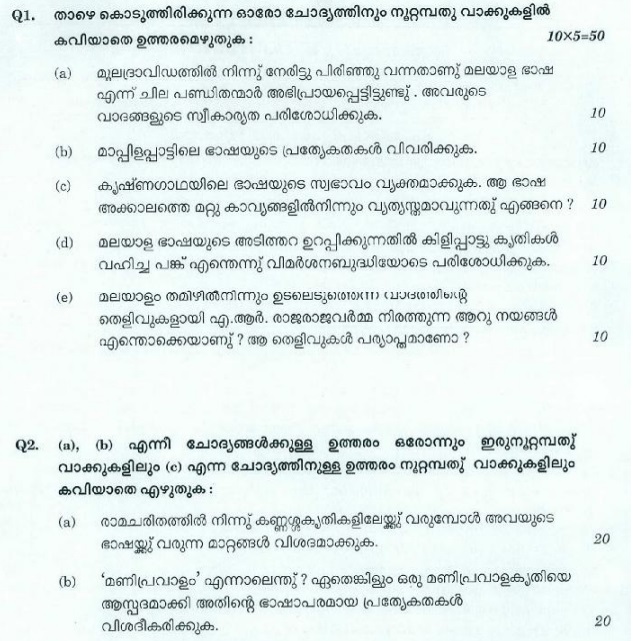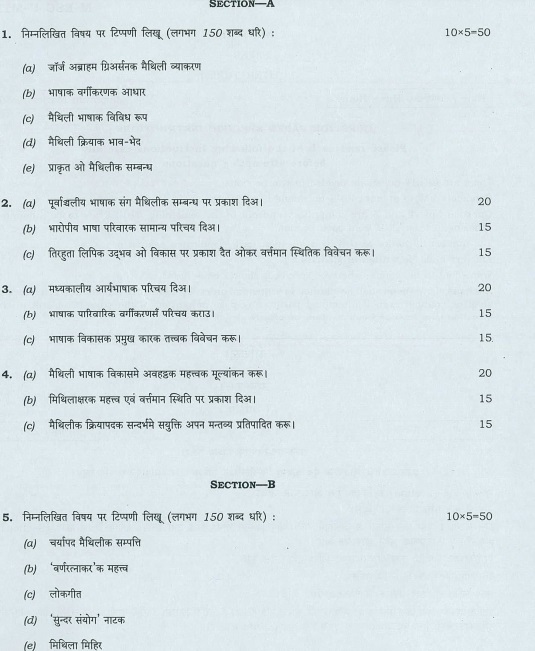
(GIST OF YOJANA) HAND-HOLDING THE ELDERLY-September-2017
HAND-HOLDING THE ELDERLY
The objective of social security is to provide sustenance to those who cannot
work and earn their living due to temporary or chronic reasons. Provision of
social security by the state is an intrinsic part of the living standards in
More Developed Countries (MDCs). In the Less Developed Countries (LDCs),
however, due to chronic unemployment and extreme deprivation that is inherent in
the social structures, the extent of vulnerability is well beyond the risks that
are normally covered by the social security systems that exist in the MDCs. The
economic feasibility of social security at a comparable level is a vital
constraint in LDCs.
The nature of the issues of the elderly in developing countries like India is
vastly different due to factors such as chronic poverty, unemployment and
underemployment as well as the existence of a large informal sector. Recently,
however, changing demographics in the LDCs have brought to focus the issue
regarding the provision of social security to vulnerable elderly population.
Increase in the percentage of the aged from 7 per cent of the total population
to 14 per cent, which took nearly 100 to 120 years for some European countries
(France and Sweden), could happen in India, China and a few Asian countries in
just about 40 years, due to faster mortality decline in LDCs.
Nature of the Problem
India is home to one-fifth of the world's population, which includes a third
of the world's poor and one- eighth of the world's elderly. Until recently,
family and adult children were considered to be a reliable source for providing
old age security. However, these traditional sources of old age security have
come under great strain due to the increased longevity of the elderly, other
socio-economic- cultural changes like disintegration of joint family system,
non-availability of caregivers due to increased work participation of women,
lower incidence of widowhood and migration of youth and more individualistic
attitude of children. The problem is more acute among the poor elderly who, with
their deteriorating health conditions, are unable to work for earning and have
hardly, if ever, any savings to all back upon.
IGI\OAPS
IGNOAPS launched by the central government in 1995 as GNOPAS, is targeted at
the destitute elderly, and renamed as IGNOAPS in 2007. In April 2011, the
pension amount was raised to Rs. 200 per month for elderly persons in the age
group 60- 79 years and Rs 500 for those above 80'lrhe entire funding for this is
disbursed by the central government to the states and cover is limited to 50 per
cent of the BPL- population above age 65 (now 60). The selection of
beneficiaries is done by gram panchayats on the basis of targets communicated by
the state government. The ceiling on numbers and qualifying financial
entitlements for the states are worked out by the following formula:
Numerical Ceiling = 1⁄2 of population in the state aged 65 and above
multiplied by the poverty ratio of the state. By 2008, about 6.5 million elderly
have benefitted by the scheme. Under the new National Policy for Senior Citizens
of 2011, it is proposed to raise the IGNOAPS Aension amount to Rs,1000 per
month.
IGNWPS
The Indira Gandhi National Widow Pension Scheme (IGNWPS), introduced in 2009,
provides BPL widows in the age group 40-64 (later revised as 40- 59) with a
monthly pension of Rs. 200/- per beneficiary. After they attain the age of 60,
they
qualify for pension under IGNOAPS.
Demand for Universal Pension Scheme
To overcome these problems Pension Parishad has made a "demand for a
universal, non- contributory old age pension system for all men aged 55+ and
women 50+ with a monthly pension of Rs. 2000 per month or 50 per cent of minimum
wage whichever is higher. All elderly whose income is above the threshold level
for income tax payment and those receiving from other sources pension higher
than the amount proposed above are to be excluded.
Simple calculation shows that the maximum burden of paying Rs. 2000 per month
to all elderly above 60 will be about Rs. 249238 crores. Actual burden will be
less as the expenditure on existing pension schemes will be saved. It needs to
be noted, however, that all populist measures to increase both the coverage and
amount are likely to put a burden on government resources and might result
either in to higher taxation and/or lead to inflationary pressure which has
adverse effect on the elderly too. Hence, choice of a suitable exclusion
criteria is crucial. Even the proposed universal pension scheme excludes income
tax payers butit is very difficult to choose exclusion criteria for majority of
elderly living in the rural/agricultural sector. Besides, though income security
is paramount it can't be a substitute for direct services freely provided to the
poor for health security and food security.
Courtesy: Yojana



